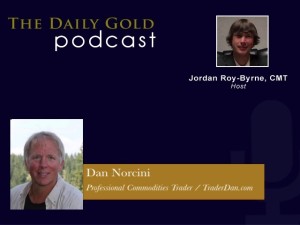US Equities Not a “Once in Generation Buy”
From Tiho Brkan @ ShortSideofLong
Refocusing our attention on the very long term view, today I have an interesting chart to share with you. We are looking at the S&P 500’s nominal price together with a 17 year annualised return, not including dividends and not adjusted for inflation. The reason I like to focus solely on price without dividends and inflation is because: a) price is pure while total return can sometimes alter the technicals, and b) it is difficult to say what inflation adjusted price is as CPI measurements have been changed a handful of times since 1970s (and cannot be trusted).
If we closely obscure the chart in the post, we should be able to notice that throughout history S&P 500 had varied performance, also known as booms and busts. Booms are quite famous. These were the roaring 20s, swinging 60s and the technology 90s. Busts are just as memorable with famous panics in 1896, 1921, 1932, 1944 and 1982. During those years, S&P was either negative or flat over 17 years, creating one of the greatest buying opportunities. Once in a life time, generational buy signal. Could this happen again and under what scenario?
Chart Of The Day: In coming years, S&P could correct producing a negative 17 year return
Source: Short Side Of Long
Let us remember that S&P 500 peaked in 1,500 points in the year 2000 and that it currently trades at 2,120 points. The 17 year annualised return could turn negative if S&P 500 declined back towards 1,500 points by 2017. Assuming this was to happen, it would be a correction of 30% over the next 18 months. At the same time, S&P 500 could also continue to rise into 2016, before dropping 40% over the following 12 months. Let us remember that recessions occurred every 7 years or so, and by 2016 this recovery will be 7 years old.
It is important to understand that I am not predicting anything here, not a bullish nor a bearish call on the markets near term direction. It is basically just a case scenario and a thought process, which (if occurred) would create a once in a lifetime buying opportunity.







